Cameron Mukwa is a two-spirit Anishinaabe cartoonist, illustrator, and children’s educator whose portfolio of work is dedicated to showcasing Indigenous and transgender joy. The Ribbon Skirt is his first graphic novel.
I had the opportunity to interview Cameron, which you can read below.
First of all, welcome to Geeks OUT! Could you tell us a little about yourself?
Hey there, I’m Cameron! I use they/them or he/him pronouns, either is fine. I’m an Anishinaabe Two-Spirit and non-binary person from the midwest who loves to read and write comics. If I’m not working on illustration or a graphic novel, I’m probably obsessing over mid-2000s anime.
What can you tell us about your debut graphic novel, The Ribbon Skirt? What inspired this story?
The Ribbon Skirt is primarily based on concerns I remember having growing up, such as worries about what would happen if I didn’t fit into my assigned gender. I certainly didn’t have the words to describe myself as nonbinary or Two-Spirit when I was a child, and so I remember feeling quite lost when it didn’t feel like I easily fit into male or female categories. As an adult, I saw that there was a great need for a story that centered an Indigenous protagonist who identified as Two-Spirit and nonbinary, two gender identities that overlap in my personal life. The core inspiration was knowing that if I’d had a story like this growing up, I may not have felt so alone in the world. So that’s where it all circles back to. I want Indigenous kids everywhere to feel like they don’t need to feel “normal” to be their perfect, sacred selves.
The Ribbon Skirt is said to be inspired by your experiences as a Two Spirit person and your Anishinaabe heritage? If you wouldn’t mind, could you speak to us about what including that representation in your work means to you?
Sure thing. The experience of being Two-Spirit has been complicated for me. I love being who I am, and I certainly wouldn’t trade it for the world, but like Anang I have experienced being told that the way I identify is wrong within an Indigenous context. Two-Spirit people have existed throughout our histories as Indigenous people, and every story that reminds the world of our existence is proof that we belong in the future, too. Repression, hatred and cruelty have never been strong enough to deny Two-Spirit joy.
As a creative, what drew you to the art of storytelling, especially graphic novels/comics?
Luckily I’m not ashamed to tell you this, but it was manga! I was a huge comics and manga fan during my childhood, something that I carry to this day. There was something really exciting in foreign comics, specifically, that I wasn’t getting out of american comics. That love for storytelling led me to learn about webcomics, which still inspire me today. I wouldn’t be here if not for Gunnerkrigg Court and Inverloch.
How would you describe your creative process?
What a good question! I feel like my creative process is constantly changing, but it usually goes something like this. I come across something in my life that I feel is a question that needs to be answered. That can be something as simple as “why did the author write out this character,” and choosing to bring my own spin to a narrative. From there, I focus on fleshing out characters and their setting, and plot an overarching narrative with a beginning, climax, and end. Then it’s onto the fun and also not fun part, of making the story I’m trying to tell make sense within the context I’ve already built—I tend to write and write, with no end in sight, and need a lot of editing passes. This is super important for comics, where you can’t just keep adding more text on the page! Once it feels like the elements of the story are all speaking to each other and make sense together, I send it off for edits and wait to do the hard part: drawing the whole thing.
What are some of your favorite elements of writing/illustrating? What do you consider some of the most frustrating and/or difficult?
My favorite element of illustrating is easy, that would be inking. Inking is when you add the lines to replace the sketch of the comic, and that’s when I have the most fun! I love big, chunky or rough brushes, they really make the piece come to life. In writing, I tend to enjoy the initial stages of plotting first, when anything is possible and nothing is set in stone yet. For the most frustrating and difficult… That would have to be the initial sketching, specifically anything that includes a vehicle. Everyone thinks they know what a car interior looks like until they start drawing it… I learned that the hard way!
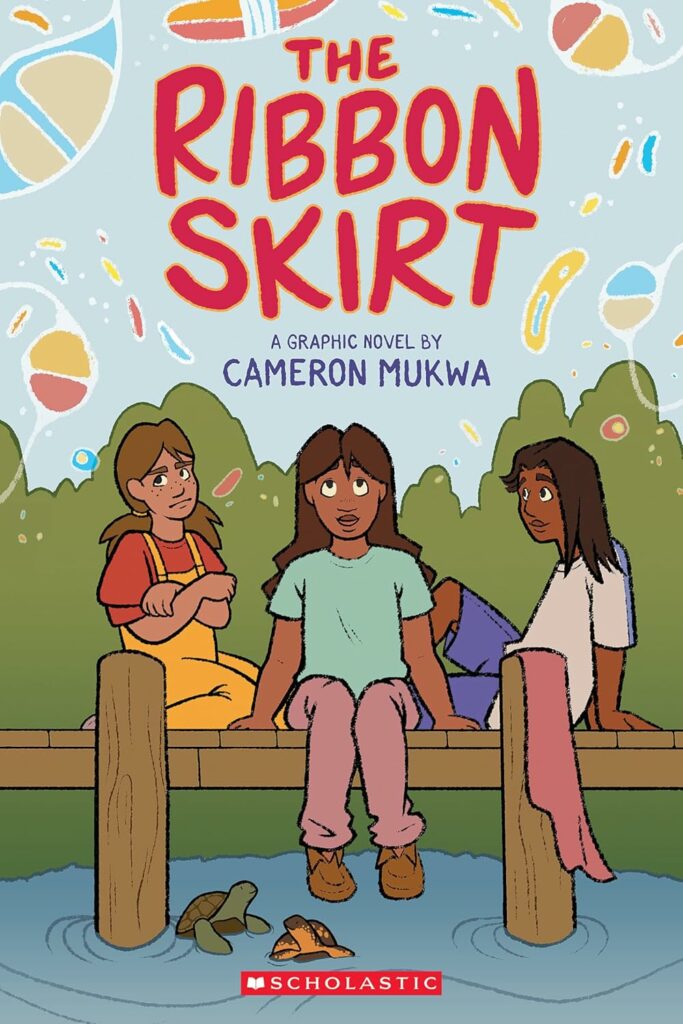
As a creative, who or what would you say are some of your greatest artistic and creative influences and/or sources of inspiration in general?
Having friends in the comics space has been the most important thing for me, and I really can’t overstate how important they are. Being a graphic novelist is such a lonely thing, and though you are talking to a creative team at your publishing house, so often it would feel like I was all alone in my office, picking away and not knowing what I was doing. It’s been wonderful to find like-minded people in comics who really love what they do! It makes me excited to sit down at my computer in the morning and get drawing. Outside of my circle, I’d say that Woodlands Style art has been an enormous influence on my artistic practice. Thick lines and bright colors also show up in my work quite a lot, and I owe that to studying the works of Norval Morrisseau, as well as amazing multi-disciplinary artists, such as Jamie Okuma.
Aside from your work, what are some things you would want others to know about you?
I think it might not come through in my work all the time, but I’m a huge nerd! It’s been a very funny experience to go from the awkward kid in class who couldn’t make friends easily and just read comics all day, to being the one making the comics. I’ve found that putting aside time to do things that have nothing to do with art makes me feel guilty, but you really have to do it to stay sane. So I’ve been throwing a ton of hours into TFT and Fields of Mistria. Sometimes you just have to turn your brain off and be unproductive for a couple of hours.
What’s a question you haven’t been asked yet but that you wish you were asked (as well as the answer to that question)?
All of these questions have been great! My question for myself would be… What kind of graphic novel would you like to write next, if you could write anything? I feel like a lot of my ideas are a bit of a hard sell, but I’ve really been itching to write something more action and fantasy oriented. I grew up watching anime like Inuyasha and Sailor Moon, and I would love to create a graphic novel that leaned into tropes and magic the same way.
What advice might you have to give for aspiring comic creators/graphic novelists?
Seek out an agent early, even if you think it’s way too soon. The industry has a big learning curve, and getting through the process of pitching, then editing, then making the graphic novel itself is a massive achievement. It’s important that someone is fighting for you along the way. Your ideas and art have value! Making sure that you can create on a timeframe that is both healthy and efficient is something lots of graphic novelists struggle with. So make sure you have someone in your corner!
Are there any other projects you are working on and at liberty to speak about?
Not quite yet! In a few weeks, there may be something for me to share, but it’s hush hush at the moment.
Finally, LGBTQ+ and/or indigenous books/authors would you recommend to the readers of Geeks OUT?
The Out Side: Trans & Nonbinary Comics Compiled by The Kao, Min Christensen and David Daneman
The Fox and the Fallen Prince by Kate East
Lunar Boy by Jes and Cin Wibobo
Youth Group written by Jordan Morris and illustrated by Bowen McCurdy
Stand Up! by Tori Sharp
The Golden Hour by Niki Smith
Stealing Little Moon by Dan SaSuWeh Jones
Indiginerds by Alina Pete and various artist-authors (anthology)
A Girl Called Echo by Katherena Vermette and art by Scott B. Henderson and Donovan Yaciuk

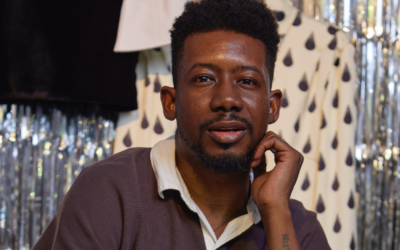
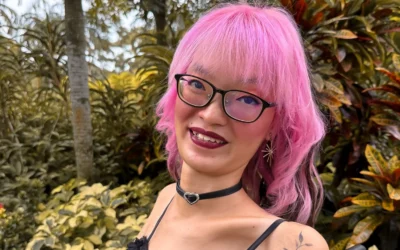
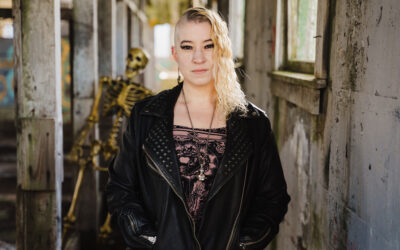
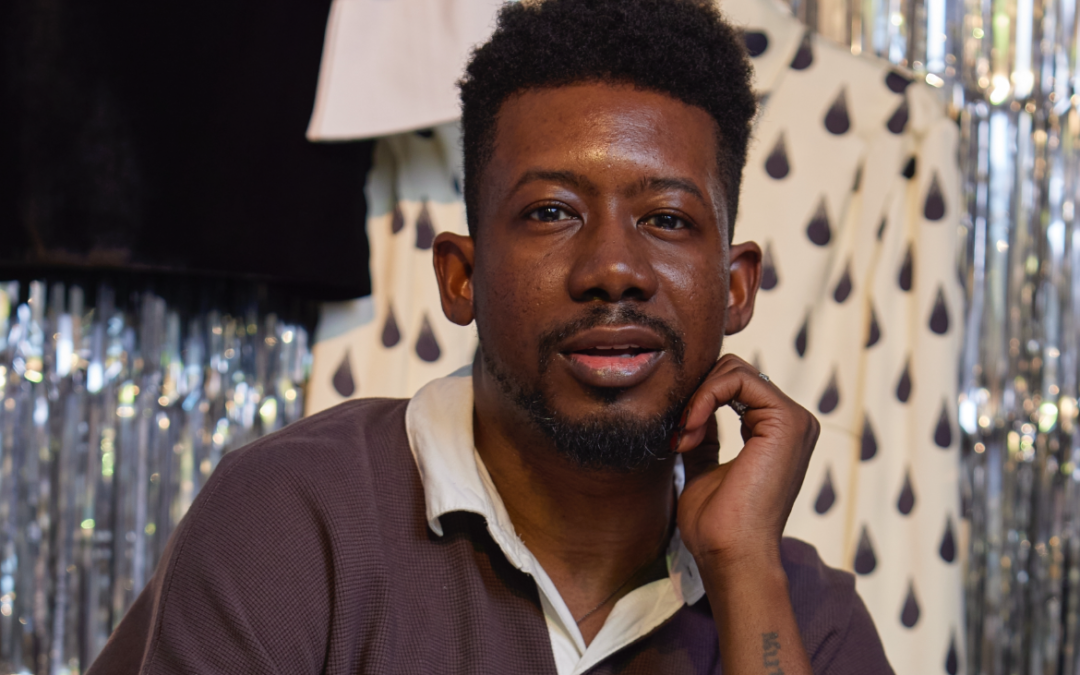
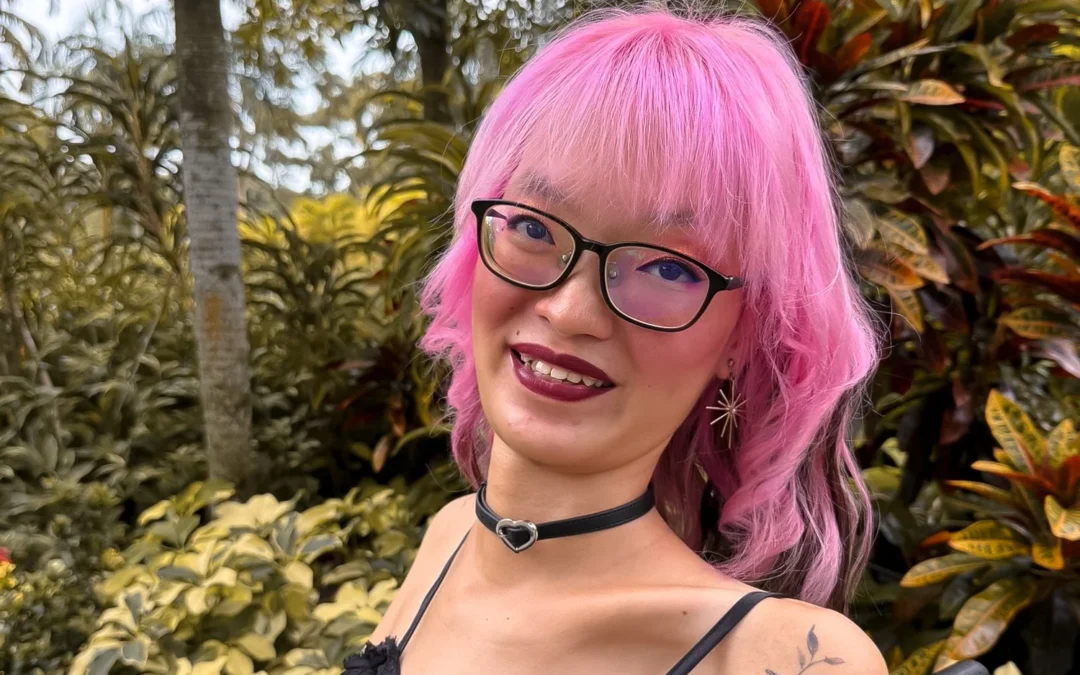
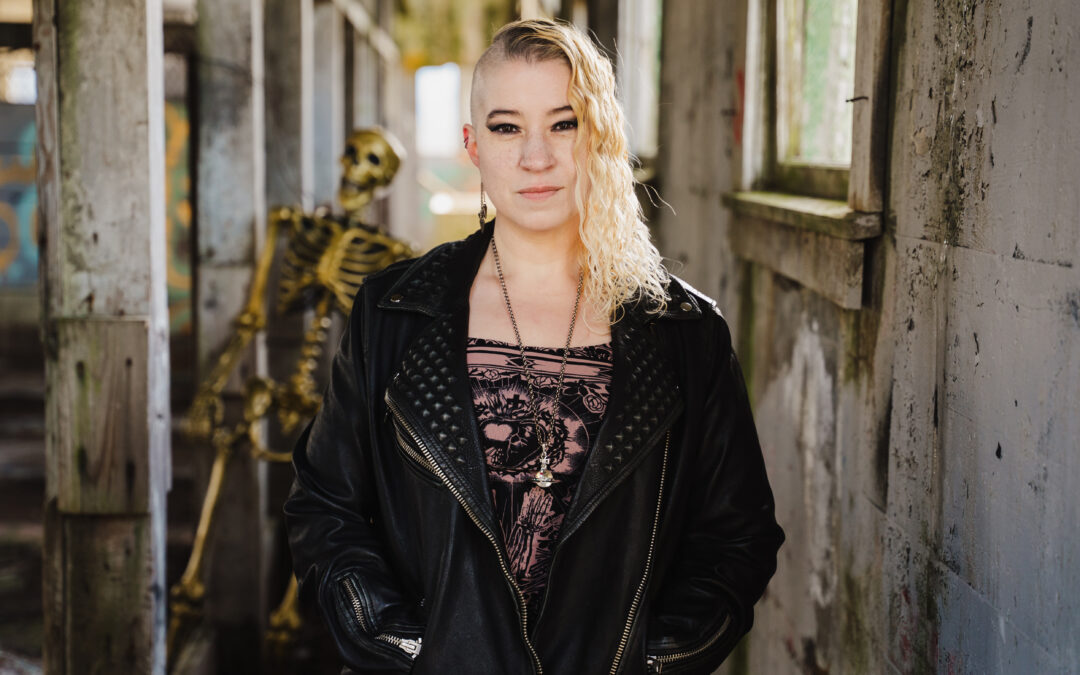
0 Comments